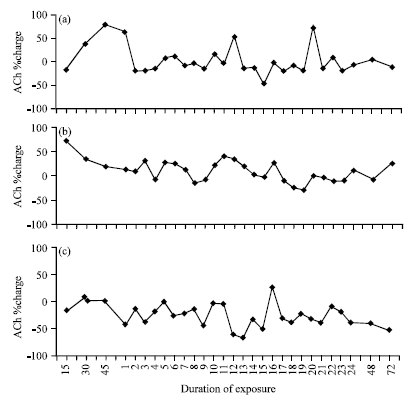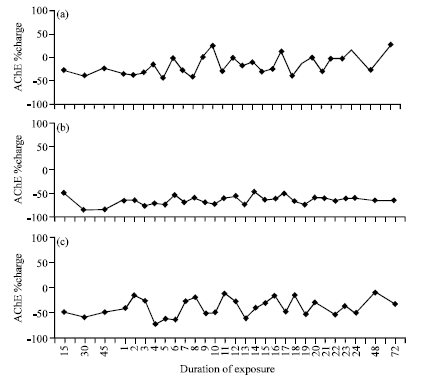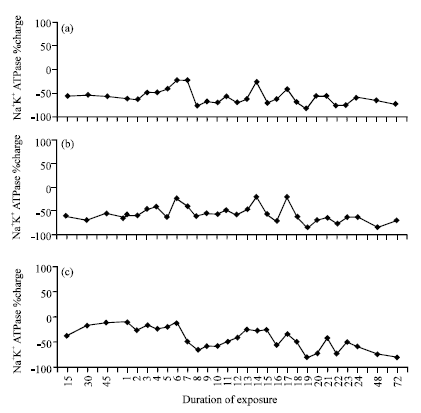Research Article
Impact of Copper Sulphate, an Essential Micronutrient on ACh, AChE and Na+K+ATPase in Various Tissues of the Fish Cyprinus carpio (L.)
Department of Zoology, P.G. and Research, Government Arts College (Autonomous), Coimbatore- 641018, Tamil Nadu, India
D. Aruna
Department of Zoology, P.G. and Research, Government Arts College (Autonomous), Coimbatore- 641018, Tamil Nadu, India











